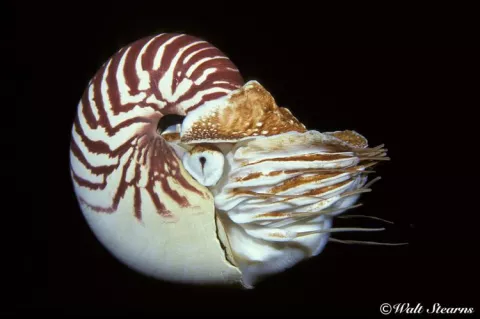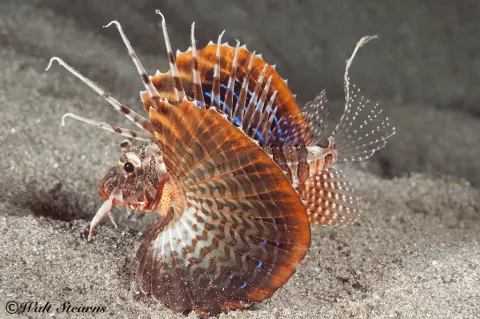Vanuatu: A Dive with a Living Fossil at Penama Island
Look up a chambered nautilus in a book or on the web will reveal they are in the same class of mollusks as octopuses, squid and cuttlefish. The first thing that sets this cephalopod apart from the rest of the group is that the nautilus date back more than 500 million years, and were once the dominant form of life in the ocean. And to share a night dive with one of these true living fossils is a very fortunate event.






